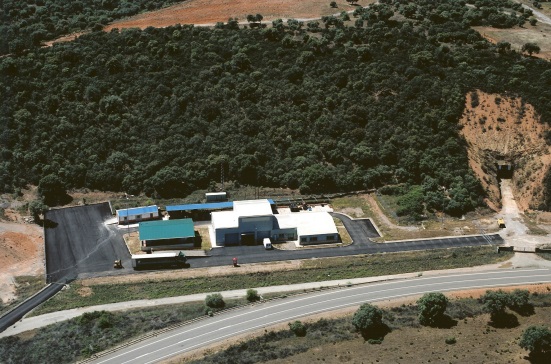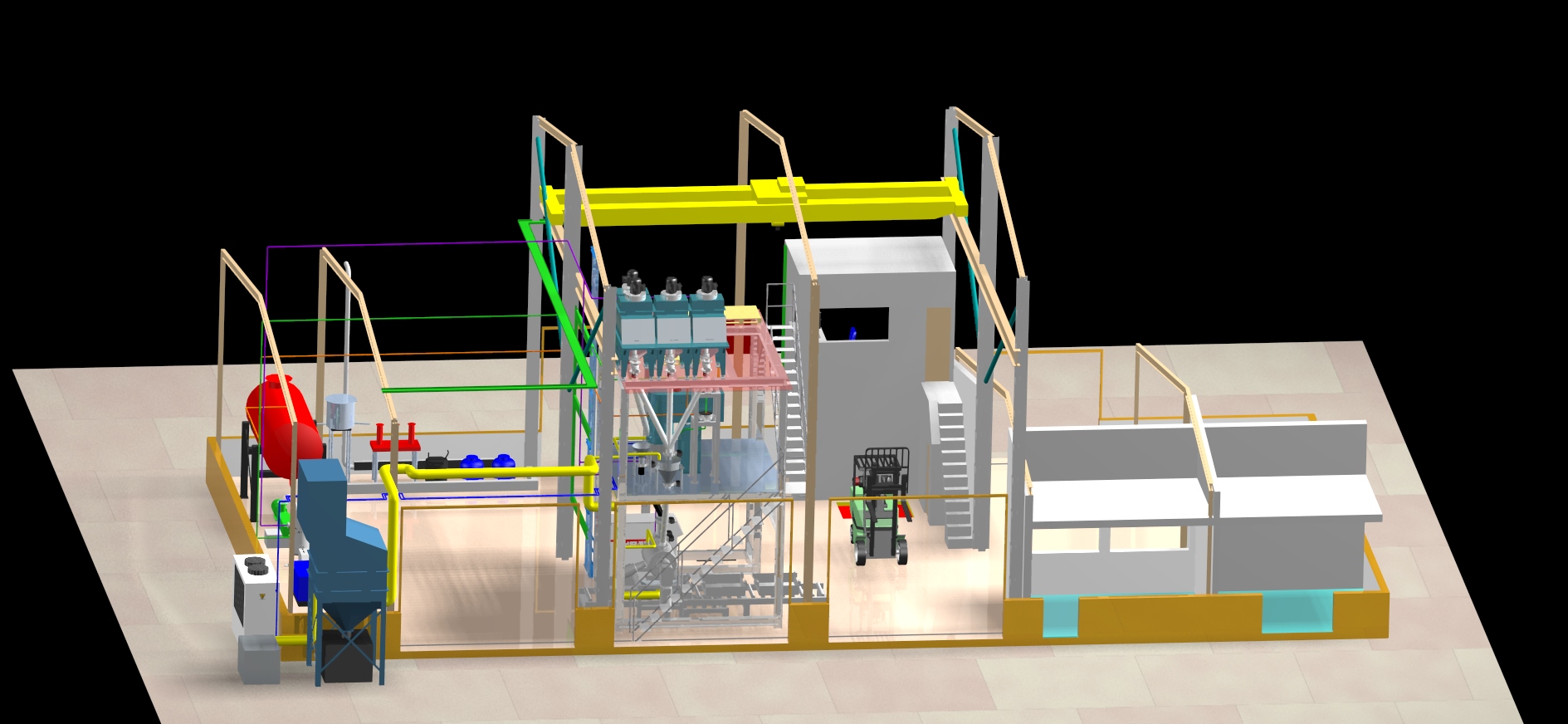The coming into force of Community Regulation 1102/2008 of 15 March 2011 prohibiting the exporting of metallic mercury and certain compounds also makes it necessary to provide safe storage for surplus metallic mercury in Europe which has to be regarded as waste.
In this context, MAYASA is considering the development of and improvements to the technique for mercury stabilisation at the industrial level by means of the construction and start-up of an industrial plant in Almadén.
MAYASA has a considerable amount of tangible and intangible assets for being able to successfully tackle the development of this new activity. Within the former group, mention can be made of the existing facilities specialising in the management of metallic mercury, located 10 kilometres from the town centre of Almadén, which has all the means needed for accepting, analysing, purifying, packaging, storing and dispatching metallic mercury with the maximum guarantees of environmental and labour safety.

These facilities, known as Las Cuevas, have a large storage capacity within a safety container, weighing and control systems, protection against leakages to the ground, and auxiliary facilities intended to ensure the overall safety of the facilities and their environmental control.
The mercury stabilisation plant is designed to be able to carry out the different processes for the elimination of metallic mercury up to forming a
polymer cement as the final product. This material is an inert solid, stronger than mortar, with low porosity and it is impermeable. During the process, one hundred percent of the metal is combined, the energy consumption is low, there is no water consumption and no effluents or waste are generated other than the final product. This material does not produce any emissions into the atmosphere, it is much more stable than natural cinnabar and in contact with water it produces a level of mercury in leaching which, according to the standard UNE-EN-12457, permits it to be classified as a non-hazardous solid.
In the plant all the operations involving mercury will be confined, working under negative pressure conditions with a ventilation system that forces the air to exit through a bank of filters. The plant will have semi-automatic functioning with a control system that allows the operator to perform the various tasks remotely from a control room.

Esquema de la planta de estabilización